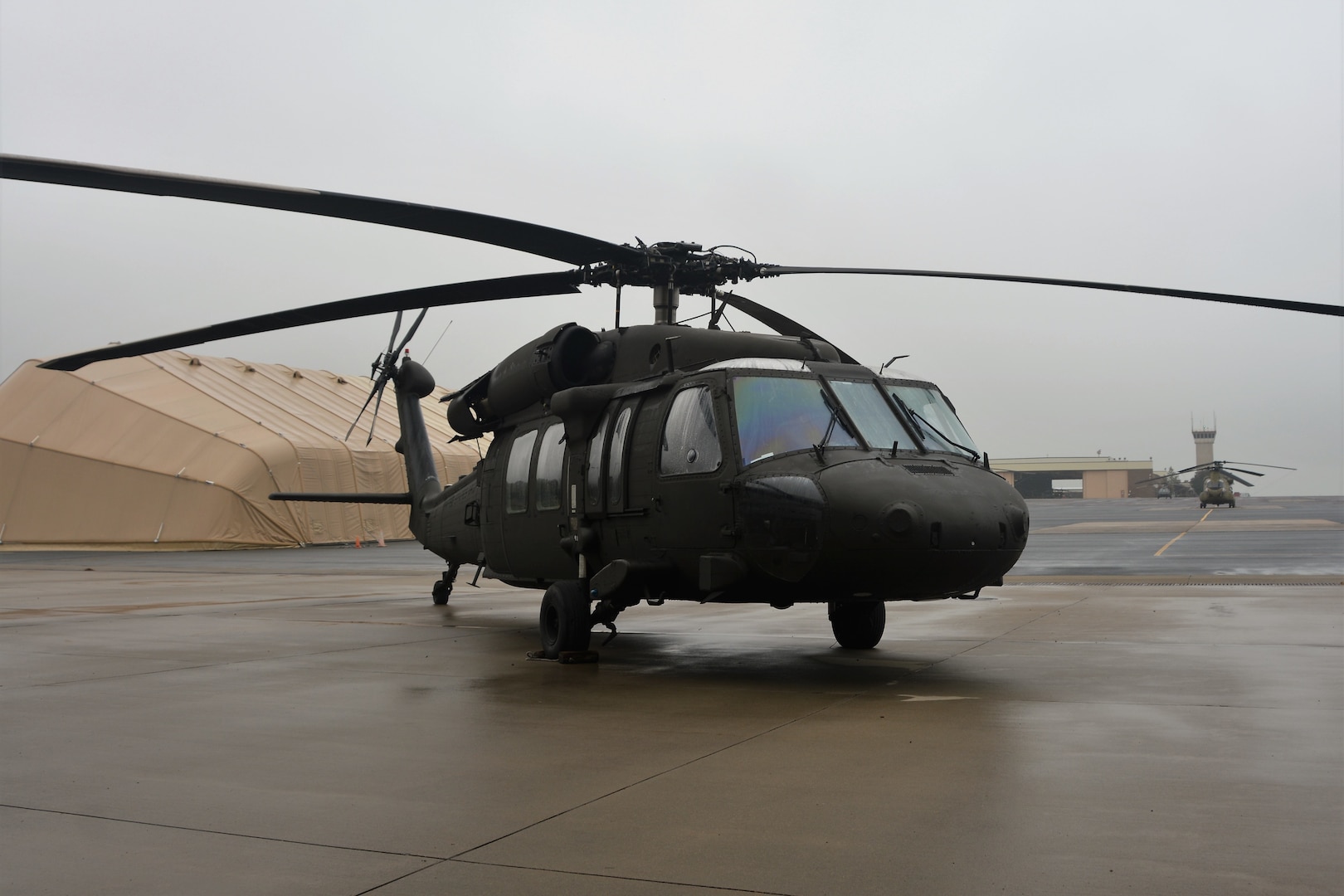The Effect of Lasting Practices on the Future of Airplane Operations and Emissions Reduction
As the aeronautics sector deals with boosting scrutiny over its ecological effect, the fostering of lasting methods arises as an important pathway toward future aircraft procedures and discharges decrease. Innovations in sustainable air travel gas and innovations in hybrid propulsion modern technologies stand at the forefront of this change, promising considerable reductions in greenhouse gas discharges.

Introduction of Lasting Practices
Sustainable methods in aircraft operations incorporate a variety of techniques targeted at decreasing environmental effect while maintaining operational effectiveness. These practices are necessary in the aeronautics industry's commitment to reducing its carbon footprint and adhering to international ecological requirements. Secret efforts include optimizing flight courses to decrease gas consumption, boosting upkeep protocols to ensure aircraft run at peak efficiency, and executing sophisticated innovations such as winglets and lightweight products that improve the rules of aerodynamics.

Engaging and educating team on sustainability methods likewise play a crucial function, fostering a society of ecological duty within companies. Generally, the combination of these sustainable techniques not only aids lower emissions but also improves the lasting practicality of the aviation market, ensuring it fulfills the demands of both customers and regulative bodies while adding to international sustainability goals.
Cutting-edge Gas Alternatives
Numerous innovative gas choices are arising as crucial remedies to lower the aviation sector's dependence on typical nonrenewable fuel sources. Among these alternatives, Sustainable Aviation Gas (SAFs) have actually gotten considerable interest due to their potential to decrease lifecycle greenhouse gas exhausts by approximately 80% compared to traditional jet fuels. SAFs are acquired from different feedstocks, including waste oils, agricultural deposits, and also algae, making them a flexible choice for the sector.
An additional appealing alternative is hydrogen gas, which, when used in gas cells, produces just water vapor as a byproduct. In addition, electric propulsion systems are being discovered, leveraging battery technology to power airplane.
Lastly, biofuels derived from biomass are being examined, using a renewable choice that can be blended with standard gas. Collectively, these cutting-edge fuel options stand for a crucial action towards attaining a sustainable air travel community, lining up with global emissions reduction targets and boosting the industry's environmental stewardship.
Technical Advancements in Air Travel

Just how can technological developments reshape the future of air travel? Developments such as hybrid and electrical propulsion systems are at the forefront, promising substantial decreases in gas usage and greenhouse gas discharges.
Furthermore, the execution of advanced products, such as lightweight compounds, adds to boosted the rules of aerodynamics and gas effectiveness. The use of fabricated intelligence and artificial intelligence in trip operations optimizes path preparation and lowers gas burn by making it possible for real-time changes based on weather condition and website traffic conditions. In addition, the advancement of autonomous and from another location piloted airplane systems stands to transform freight and traveler transport, potentially increasing effectiveness while decreasing human error.
Moreover, sustainable air travel modern technologies, including innovative air traffic monitoring systems, can streamline operations and minimize congestion, leading to reduced discharges throughout trip. These improvements jointly stand for a standard change in aeronautics, assuring a future where sustainability and functional performance his explanation are linked, thus supporting the market's dedication to minimizing its ecological influence.

Regulatory Framework and Conformity
Because of the expanding emphasis on environmental stewardship within the air travel sector, the governing structure governing airplane operations is evolving to promote sustainable methods. Regulative bodies, such as the International Civil Air Travel Organization (ICAO) and numerous national aeronautics authorities, are introducing rigorous standards aimed at minimizing discharges and boosting operational performance.
These laws typically include the fostering of Lasting Aeronautics Fuel (SAF), which has actually been recognized as a key element in achieving lower carbon impacts. Moreover, conformity with these policies calls for airlines to apply advanced modern technologies and operational methods, such as optimized trip paths and enhanced air web traffic management, to minimize gas usage.
Furthermore, the enforcement of exhausts trading systems and carbon offsetting initiatives is ending up being significantly widespread, compelling airlines to keep track of and report their emissions properly. Non-compliance More about the author can result in significant penalties, therefore pushing operators to focus on sustainability in their organization versions.
Inevitably, the developing governing landscape not only drives technology and financial investment in environment-friendly modern technologies yet also fosters a society of accountability within the air travel industry. As these frameworks continue to develop, the focus on sustainable practices will certainly be integral to achieving the field's long-lasting ecological objectives.
Future Trends in Airplane Procedures
As the air travel market adapts to a progressively strict regulatory environment, future trends in airplane procedures are established to focus on ingenious options that better improve sustainability and effectiveness - uh 60. Secret advancements will likely consist of the adoption of advanced air traffic management systems, which make use of real-time information and expert system to optimize trip courses, lowering fuel usage and exhausts
An additional significant trend is the enhanced combination of lasting aeronautics fuels (SAFs) These choices to standard jet fuel, originated from sustainable sources, can dramatically lower lifecycle greenhouse gas discharges. The sector's dedication to SAFs will likely increase as airlines collaborate with gas manufacturers to ensure availability and cost-effectiveness.
Additionally, the press in the direction of electrification and crossbreed propulsion systems is obtaining energy. Arising aircraft styles will incorporate these technologies, offering quieter and more effective procedures, especially for short-haul trips.
Verdict
Finally, the integration of sustainable practices in airplane operations holds significant possibility for exhausts reduction and improved performance. The adoption of sustainable aeronautics fuels, combined with innovations in electric and hybrid propulsion systems, is vital for reducing lifecycle greenhouse gas discharges. Furthermore, enhancing trip courses and embracing innovative innovations add to a quieter and much more eco-friendly aviation field. Jointly, these initiatives straighten with international sustainability objectives and lead the way for a greener future in aviation.
Advancements in sustainable air travel fuels a fantastic read and advancements in hybrid propulsion technologies stand at the center of this improvement, appealing considerable reductions in greenhouse gas discharges.Various cutting-edge fuel alternatives are arising as critical options to lower the aeronautics industry's dependence on standard fossil gas - uh 60. Amongst these options, Sustainable Aviation Gas (SAFs) have obtained considerable interest due to their possible to reduce lifecycle greenhouse gas emissions by up to 80% contrasted to traditional jet fuels.An additional considerable trend is the increased assimilation of sustainable aviation gas (SAFs) The adoption of lasting air travel fuels, combined with improvements in hybrid and electrical propulsion systems, is essential for reducing lifecycle greenhouse gas discharges